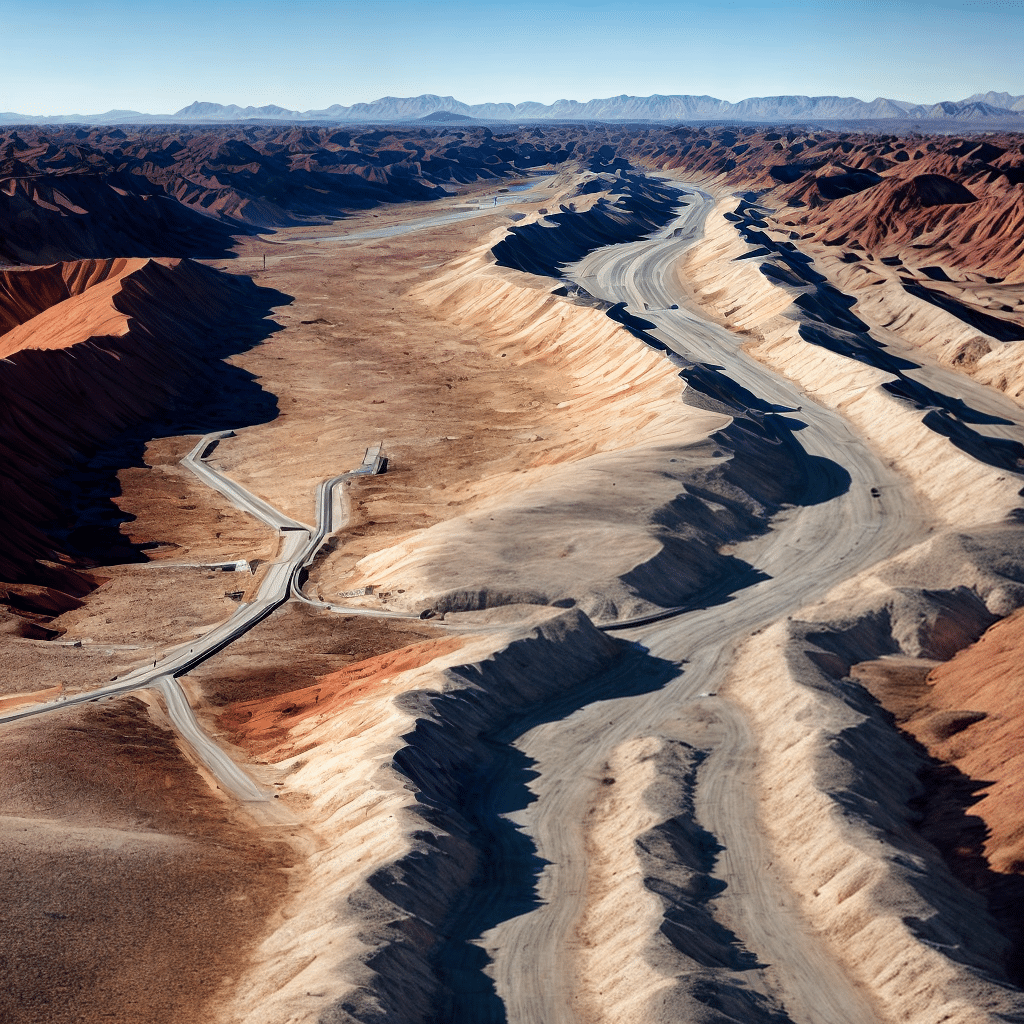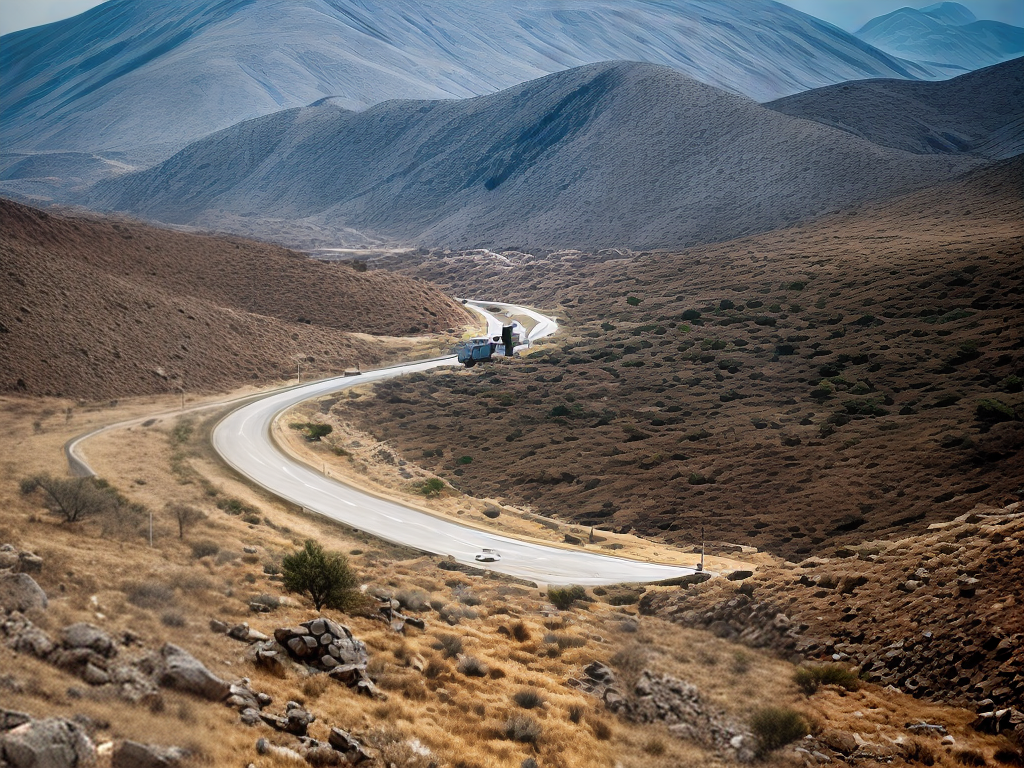In today’s globalized world, artistic expression has the power to transcend boundaries and bring people together. And nowhere is this more evident than in border regions, where artists from different cultures and backgrounds converge, inspiring a new renaissance. These border regions, often overlooked and underappreciated, are emerging as the epicenters of artistic innovation and cultural exchange. In this article, we explore how these border regions are reshaping the artistic landscape and why they deserve recognition on a global scale.
The Melting Pot of Cultures
Border regions are unique in their ability to bring together diverse cultures and traditions. The close proximity of different countries or regions creates a melting pot of ideas and influences, fostering a rich and vibrant artistic scene. Artists living in border regions have the opportunity to draw inspiration from multiple cultures, resulting in a fusion of artistic styles and techniques.
For example, in the border region between Mexico and the United States, the vibrant colors and symbolism of Mexican art blend seamlessly with the contemporary art scene of the United States. This fusion gives rise to innovative and thought-provoking artworks that challenge traditional notions of identity and belonging.
Breaking Down Barriers
Art has the power to break down barriers and foster understanding between people. In border regions, where geopolitical tensions may exist, art becomes a universal language that transcends politics and fosters connection. Through their creations, artists in border regions are able to bridge divides and promote dialogue, challenging stereotypes and misconceptions.
In the border region between India and Pakistan, for instance, artists have come together to promote peace and harmony through their art. Their collaborative projects and exhibitions serve as a platform for dialogue, encouraging people from both sides of the border to engage in meaningful conversations and build bridges of understanding.
Inspiring Change and Social Transformation
Art has always been a catalyst for change, and in border regions, this transformative power is amplified. The unique challenges faced by these regions, whether it be cultural, social, or economic, inspire artists to tackle pressing issues and bring about social transformation through their work.
In the border region between South Africa and Zimbabwe, artists have used their art to address the socio-political issues that plague their communities. Through murals, sculptures, and performances, they shed light on issues such as inequality, corruption, and human rights abuses, sparking conversations and mobilizing communities for change.
The Role of Technology
In today’s digital age, technology plays a crucial role in reshaping the artistic landscape. Border regions, with their diverse cultural influences, are at the forefront of embracing technology as a means of artistic expression. Digital art, virtual reality, and interactive installations are just some of the ways in which artists in these regions are pushing boundaries and redefining what it means to create art.
For example, in the border region between China and Hong Kong, artists are harnessing the power of technology to create immersive experiences that challenge traditional notions of art. Through virtual reality installations and interactive exhibitions, they are able to engage audiences in new and exciting ways, blurring the lines between art and technology.
The Importance of Recognition
Despite their significant contributions to the artistic landscape, border regions often remain overlooked and underrepresented in mainstream art circles. This lack of recognition not only undermines the artists’ hard work and talent but also perpetuates a narrow understanding of art and culture.
It is imperative that we acknowledge and celebrate the artistic achievements of border regions. By doing so, we not only give these artists the recognition they deserve but also enrich the global artistic landscape by embracing diversity and promoting cultural exchange.
Conclusion
The artistic renaissance happening in border regions is a testament to the power of art to transcend boundaries and bring people together. Through their unique blend of cultures, border regions inspire creativity, break down barriers, and promote social change. It is our responsibility to recognize and celebrate these artistic hubs, for they are shaping the artistic landscape of the future. By embracing the artistic renaissance in border regions, we embrace diversity, foster understanding, and create a more inclusive and vibrant world.


